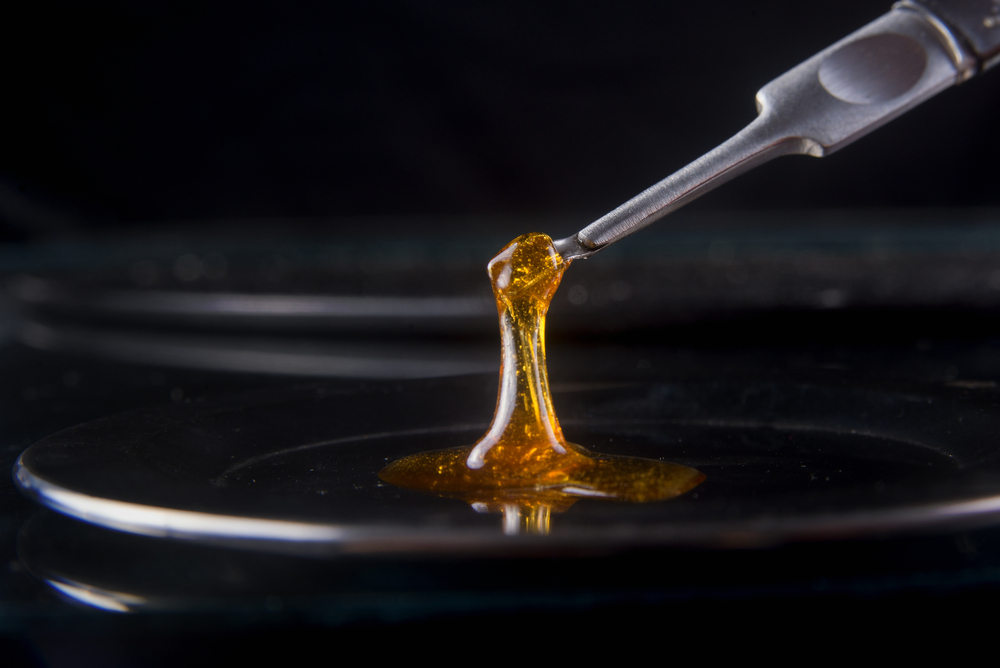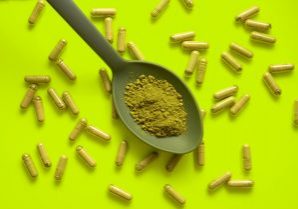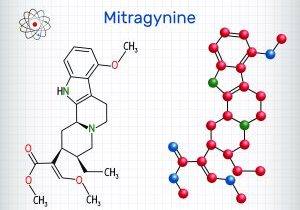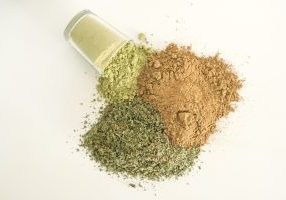Hello, Phyto family! Today, we’re embarking on an exciting journey into the world of Kratom extraction. This process transforms Kratom’s rich, leafy goodness into potent extracts that can be used in a variety of ways. Before we dive in, it’s essential to note that this information is for educational purposes only and is not intended to promote any form of self-extraction.
What is Kratom Extraction?
Kratom extraction is the process of pulling the desired alkaloids out of the raw Kratom leaves. In other words, it’s a method of concentrating the properties of Kratom, resulting in a product known as a Kratom extract. These extracts can come in different forms, including tinctures, oils, and powders.
The Art of Kratom Extraction: An Overview
Extracting Kratom is a meticulous process that requires time, precision, and a clear understanding of chemical interactions. The extraction process involves two primary stages: dissolution and evaporation.
Dissolution
The first step in Kratom extraction is dissolving the alkaloids present in the Kratom leaves. This process is typically achieved by boiling the leaves in a mixture of water and a polar or non-polar solvent such as ethanol or citric acid.
The purpose of this step is to break down the cell walls of the leaves and allow the alkaloids to be released into the solution. The boiling process usually lasts anywhere between one to three hours, depending on the quantity and desired concentration.
Evaporation
After the boiling process, the solution is strained to remove any leftover solid leaf matter, leaving only the liquid. This liquid then undergoes evaporation to remove the solvent used in the dissolution process, leaving behind the alkaloids in a concentrated form.
This process can take several hours to days, depending on the quantity of the liquid and the desired consistency of the extract. Once the liquid has evaporated, the result is a concentrated Kratom extract, which can be further processed into various forms such as tinctures or powders.
Types of Kratom Extracts
There are various types of Kratom extracts, each offering unique characteristics. Let’s briefly explore some of these types:
Resins
Kratom resins are thick, dark substances that are the result of prolonged boiling and evaporation of the Kratom solution. They are often very concentrated and are typically ground up and consumed in small amounts.
Tinctures
Kratom tinctures are liquid extracts that have been further diluted in a base such as alcohol or glycerin. They often come in small bottles with a dropper for easy use.
Powders
Extract powders are produced by drying Kratom extracts into a powder form. They often have a strong aroma and can be mixed with regular Kratom powder or used independently.
Enhanced Leaf
This form of Kratom involves infusing regular Kratom leaves or powder with a Kratom extract. This results in a more concentrated product that contains more alkaloids.
Safety First
While the process of Kratom extraction may seem straightforward, it’s essential to note that working with solvents can be hazardous without proper training and safety measures. As such, this information is provided for educational purposes only and is not meant to encourage home extraction. Always prioritize safety and legality in your botanical adventures.
Final Thoughts
Kratom extraction is a fascinating process that showcases the rich complexity of this botanical. From leaf to extract, it is a journey that requires precision, patience, and a deep appreciation for nature’s gifts. While we encourage knowledge and curiosity, we also remind our Phyto family to always prioritize safety and legality when exploring the world of botanicals











